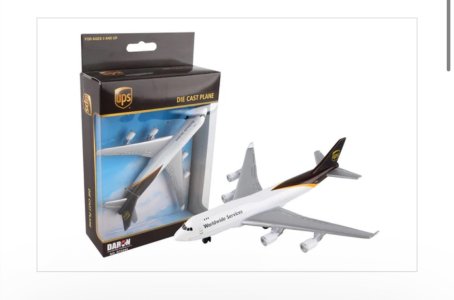Phantom
Well-known member
The -300 has the wing of a -200. Late built airframes received some mods from the 744 program like a refined WBF etc. (1988 built VR-HON was one of them)Does this mean there are two versions of the 743 wing? One uses the -200 wing, and the other uses the same wing as the -200, but with a leading edge similar to the -400 wing (WBF)?
(Sorry, although I know the 743 is somewhat special, I still don't quite understand it. Do anyone have a deeper understanding/photo reference?)
A -400 wing is basically a classic wing with added span (wingtip extensions), adding a 6th outer wing slat segment plus winglets.
It already didn't help NG and already also not HX, but just in case:
Thought it might be fun to collect the various differences that can be spotted on a "747Classic" (1970 to 1991) - many of these are worth to be molded correctly, some details are sure over the top in 1/400 and are more for the serious (larger) scale modeler. So this is really just for the fun.
First and most classic 747: the 747-100 as seen in the early 1970's
Here's D-ABYC with the typical SATCOM aerial just aft of the upperdeck, HF-antennas on the wingtips, early "straight" pylons and JT9D nacelles with secondary air inlet ("blow in") doors. (Note that #1 is idling in this...
First and most classic 747: the 747-100 as seen in the early 1970's
Here's D-ABYC with the typical SATCOM aerial just aft of the upperdeck, HF-antennas on the wingtips, early "straight" pylons and JT9D nacelles with secondary air inlet ("blow in") doors. (Note that #1 is idling in this...
- Phantom
- Replies: 27
- Forum: 1:400 Scale



